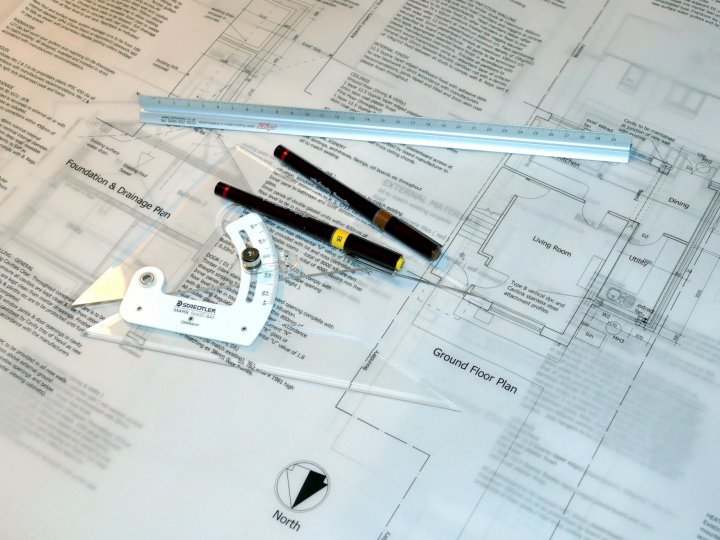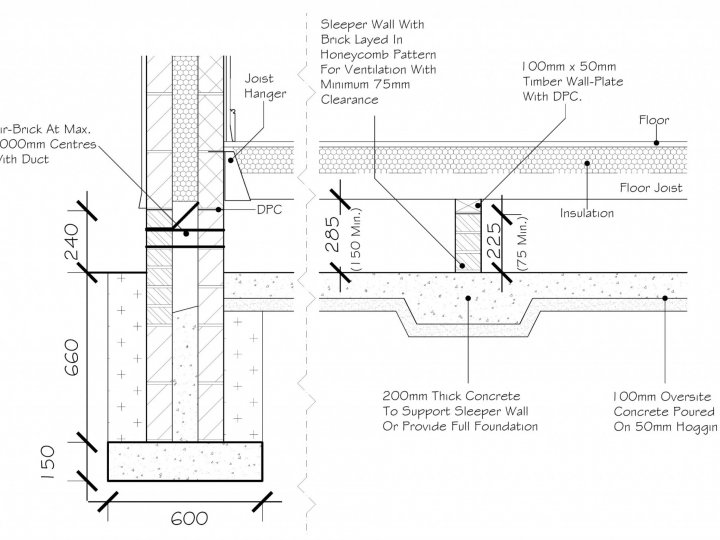
A ‘Lawful Development Certificate’ (LDC) (commonly referred to as a Certificate of Lawfulness) is a legal document issued by the relevant Local Authority Planning Department which confirms that either an existing or proposed use or development for a specific site is lawful within the context of current Permitted Development legislation.
However, neither the Permitted Development or ‘Lawful Development Certificate’ legislation negate the requirement for a Building Control application for any potential works regardless of size, scale or new building uses.

A Certificate Of Lawfulness is not always legally required but can provide future proof that at the time of issue, your proposed development or extension is allowed.
This may prove particularly useful when changing the ownership of a property or selling your property as it demonstrates to a potential buyer (and their legal representatives) that your development was legal and avoid future enforcement action in the event your development is found not to fall within the limited scope of Permitted Development.
As each use case is unique, it is always recommended that you consult professional legal and architectural advice before embarking on any Permitted Development or LDC application as there are many grey areas which can potentially lead to complicated (and expensive) legal issues even many years after building works have been completed.

How Are Certificates Of Lawfulness Used?
LDC’s have many applications but are commonly used in conjunction with building works undertaken under the Permitted Development legislation. It is important to note that a Certificate Of Lawfulness does not hold the same legal status as formal Planning Permission and is not something that should be considered as an alternative to making a planning application if you want to extend, remodel or otherwise alter your property. Additionally, it is not a substitute for most changes of uses of a property, for example dividing an existing property into flats or changing a property to use as a House Of Multiple Occupancy (H.M.O) will require a formal ‘Change Of Use’ application.
There are 2 types of Lawful Development certifications, the first is for existing developments (under section 191 of The Town & Country Planning Act) and is sometimes referred to as a Certificate Of Lawfulness For Existing Uses Or Developments (CLEUD).
This serves for example, to confirm an extension was constructed legally within ‘permitted development’ rights and therefore does not require full planning permission or a development or use of a property has been in place for enough time (typically between 4 and 10 years) that enforcement action by the relevant local authority planning department is no longer possible (under section 4 of The Planning and Compensation Act 1991). It is important to note that this does not mean legal action cannot be taken through other means.
The other type of application is for proposed uses (under section 192 of The Town & Country Planning Act) known as a Certificate Of Lawfulness For Proposed Uses Or Developments (CLOPUD). This is useful if there is a question whether any intended building changes of use or very minor works would require planning permission.

How Do You Apply For A Certificate Of Lawfulness?
Applying for a Certificate Of Lawfulness will require the completed application form which available from your local councils website, the appropriate fee as well as a wealth of supporting evidence and documentation such as scaled detailed architectural plans & elevations, a detailed description of the works and the materials used and a wider site plan.
Unlike a full planning application, neighbours do not have the opportunity to object and there is no set consultation or notification period, but neighbours can still raise any concerns that a development is not lawful which can result in further enforcement actions. The whole application process typically takes around 8 weeks but can vary depending of the complexity and size of the works.
In the event of a ‘Lawful Development Certificate’ being refused as your proposed development does not fall within the Permitted Development, you may need to apply for full Planning Permission, alter your proposed plans or appeal the decision. A Certification of Lawfulness can also be revoked later if it is found to be in breach of any conditions specified in the certificate or if false information was submitted in the application.
A Certificate Of Lawfulness can be a useful and reassuring legal tool in some circumstances and situations, particularly when looking to buy or sell a property where there is a question of the legality of some form of minor alteration or building works that have already been undertaken. However, it should not be viewed as an alternative for obtaining full Planning Permission for most residential developments, extensions and changes of use due to the extremely limited scope of works which are covered under the Permitted Development regulations.
